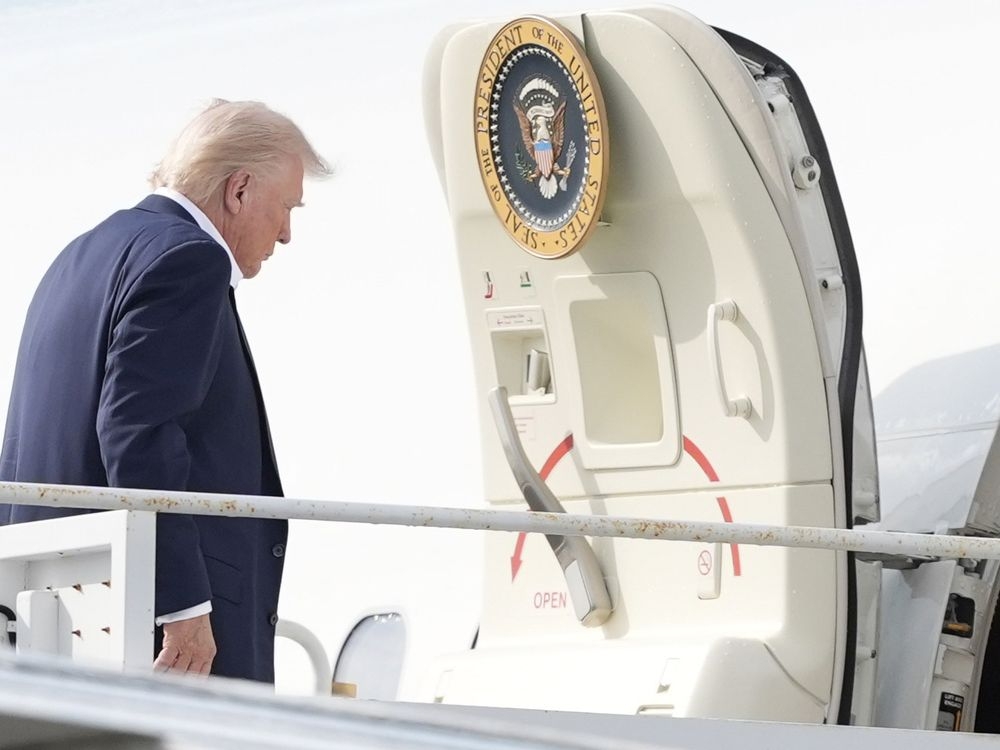President Donald Trump announced plans on Sunday evening to reopen and expand Alcatraz prison, the historic former federal penitentiary located in San Francisco Bay. Closed since 1963 and currently operated as a tourist site, Alcatraz would be restored to its original function to detain America’s most dangerous and violent offenders. Trump framed the move as a strong response to rising crime and a symbolic reinforcement of law and order, directing federal agencies to begin preparations for the facility’s modernization. The administration has yet to release further details on timelines, funding, or operational plans related to the project.
Historical Context and Significance of Alcatraz
Alcatraz Federal Penitentiary operated from 1934 to 1963 and gained notoriety as a maximum-security prison housing some of the most infamous criminals in American history, including Al Capone and George “Machine Gun” Kelly. Located on Alcatraz Island in San Francisco Bay, the prison was considered inescapable due to its isolated location and strong currents surrounding the island. After its closure in 1963, the site was repurposed as a national historic landmark and tourist attraction, drawing millions of visitors annually.
Rationale Behind the Reopening
President Trump emphasized that reopening Alcatraz as a detention facility is intended to address the surge in violent crime reported in parts of the United States. By relocating the nation’s most dangerous offenders to a highly secure, remote location, the administration believes it will enhance public safety and reinforce federal commitment to law enforcement. The announcement also positions the reopening as a symbolic reinforcement of “law and order” themes consistently advocated during Trump’s tenure.
Federal Agency Involvement and Preparations
The president has directed relevant federal agencies, including the Department of Justice and the Bureau of Prisons, to initiate feasibility studies and begin planning for the modernization of Alcatraz. This will likely involve upgrading existing infrastructure to meet contemporary security standards, ensuring the facility can accommodate current guidelines for inmate management. However, federal officials have not yet disclosed specific details regarding renovation plans, inmate capacity, or security features intended for the new facility.
Unresolved Questions and Future Developments
- Timelines: No official schedule has been provided for when the reopening might occur.
- Funding: There is no current information on budget allocations or funding sources for the project.
- Operational Plans: Details on staffing, inmate selection criteria, or integration with existing prison systems remain unspecified.
Experts and policymakers are expected to monitor the administration’s forthcoming announcements closely to assess practical challenges and implications for federal incarceration policies. Given Alcatraz’s historic status and logistical complexities, the planned restoration will require significant coordination and resources.
In summary, the administration’s initiative to reopen and modernize Alcatraz prison represents a significant shift in federal correctional strategy, aimed at addressing rising violent crime through enhanced security measures. While invoking the historic legacy of Alcatraz, the plan underscores a broader emphasis on law and order. However, with critical details such as timelines, funding, and operational protocols yet to be disclosed, many questions remain about the feasibility and impact of this project. Stakeholders and observers will need to wait for further information to fully evaluate the implications of restoring Alcatraz as an active federal penitentiary.

